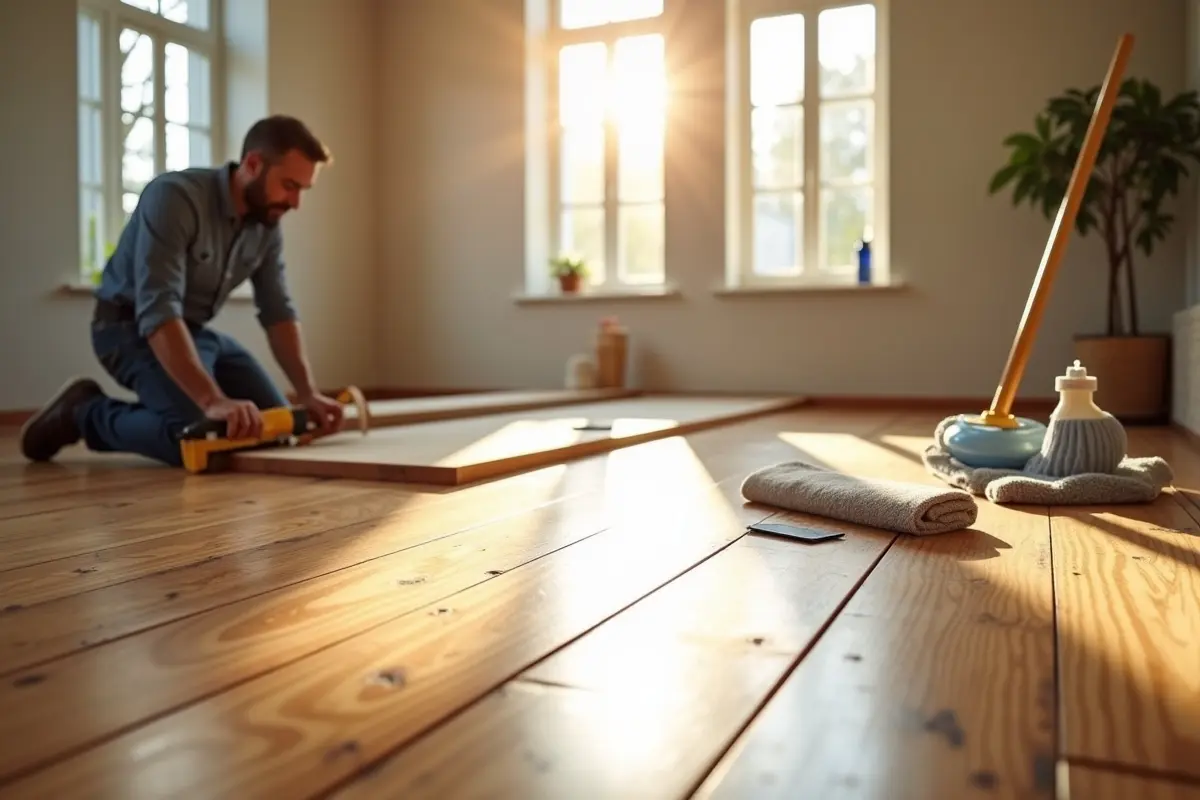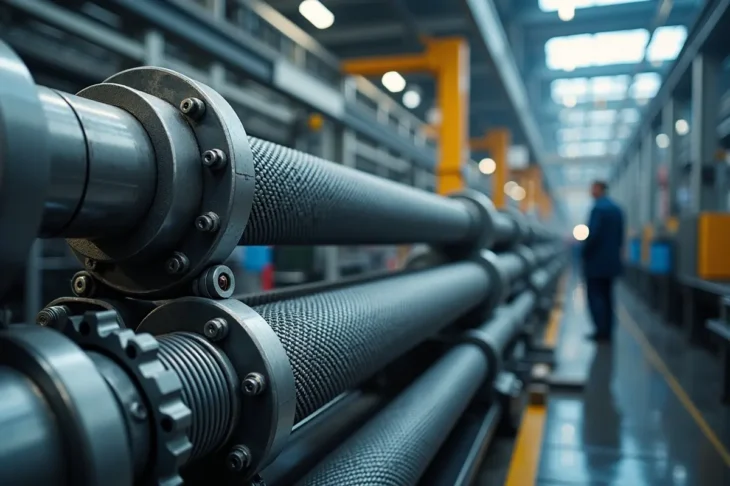
How to Extend the Life of Your Wood Floors: Expert Maintenance Tips
Wood floors add a timeless elegance to any home, and if you’re lucky enough to have them, you’ll want to keep them looking their best for as long as possible. But like any investment, proper care and maintenance are key to ensuring their longevity. Whether your floors are newly installed or decades old, you can extend their life with a few expert maintenance tips.
Regular Cleaning: Your First Line of Defense
One of the simplest yet most effective ways to protect your wood floors after you’ve invested in wood flooring installation is regular cleaning. Dirt, dust, and grit act like sandpaper on wood, dulling the finish and causing scratches over time. But before you grab any old broom or mop, let’s talk about the right cleaning methods.
Use a soft broom or vacuum – A vacuum with a hardwood floor attachment is ideal for picking up dust without scratching the surface. If you prefer sweeping, make sure to use a broom with soft bristles.
Avoid excessive water – Wood and water don’t mix. When mopping, use a damp (not wet) mop. Excess water can seep into the wood, causing warping and damage.
Microfiber cloths are your friend – Dry dusting with microfiber cloths can pick up fine particles and is gentle on the wood.
A regular cleaning routine will do wonders in keeping your wood floors in good shape, but there’s more to maintaining them than just cleaning.
Protect High-Traffic Areas
Certain parts of your home, like hallways and entrances, naturally experience more foot traffic. Without protection, these areas will wear out faster than others. So, what can you do to avoid this?
Use area rugs or runners – Placing rugs in high-traffic areas helps protect your floors from wear and tear. Make sure they have non-slip pads underneath to avoid trapping dirt or scratching the surface.
Rearrange your furniture occasionally – Believe it or not, moving your furniture every once in a while can prevent certain areas of the floor from getting too worn down. It also gives the rest of the floor a chance to “breathe.”
Felt pads are essential – Attaching felt pads to the bottom of your furniture can reduce the chances of scratches when you move things around. This small step can make a big difference over time.
Prevent Scratches and Dents
Scratches are inevitable, but there are ways to minimize them. Prevention is key when it comes to avoiding unnecessary damage to your wood floors.
Take shoes off at the door – High heels, in particular, are notorious for causing dents and scratches on wood floors. Encourage family and guests to leave their shoes at the door.
Trim your pets’ nails – If you have pets, keeping their nails trimmed can help avoid deep scratches. Pet claws can quickly damage the surface of your floors.
Avoid dragging furniture – Always lift heavy furniture rather than dragging it across the floor. This simple habit can prevent unsightly gouges.
Keep Humidity in Check
Wood is a natural material, and it reacts to changes in humidity. High humidity levels can cause wood to expand and potentially warp, while low humidity can make it shrink and crack. Maintaining a balanced indoor climate is crucial.
Use a humidifier in winter – During colder months, indoor air can become dry, leading to shrinkage and gaps between floorboards. A humidifier helps maintain proper moisture levels.
Control moisture in summer – Conversely, in humid summer months, running an air conditioner or dehumidifier can prevent the wood from expanding too much.
Keeping humidity levels between 30-50% is ideal for wood floors, ensuring they stay in their best condition.
Refinish When Needed
Even with the best maintenance, wood floors will eventually show signs of wear. When you notice the finish becoming dull or the floor losing its luster, it might be time to refinish. Refinishing can restore your floors to their former glory and add a protective layer for future years of use.
Buffing and recoating – If the damage is minimal, you might only need to buff the floors and apply a new coat of finish. This can be done every few years to keep the surface protected.
Full refinishing for deep scratches – For floors with deep scratches, dents, or discoloration, a full refinish might be necessary. This involves sanding down the surface to bare wood and applying a fresh stain and finish.
It’s important to note that refinishing should only be done by professionals, especially if you’re unsure how to handle it. Done properly, it can make your floors look brand new.
Quick Tips for Daily Care
In addition to regular cleaning and preventive measures, there are a few simple daily habits that can help protect your floors:
- Wipe up spills immediately – Don’t let water or any liquid sit on your floors for too long. Wood can easily absorb moisture, leading to warping or staining.
- Sweep daily – A quick sweep every day can prevent dust and dirt buildup, reducing the risk of scratches.
- Place mats at entryways – Mats at all entrances will help catch dirt and moisture before it gets to your floors.
- Be mindful of the type of cleaner you use – Avoid harsh chemicals or abrasive cleaners. Instead, stick to products specifically designed for wood floors.
Keep Your Wood Floors Looking Stunning
Taking care of your wood floors doesn’t have to be complicated, but it does require a little attention to detail. Regular cleaning, protecting high-traffic areas, preventing scratches, and managing humidity all play a part in extending the life of your floors. And when the time comes, refinishing can give them a fresh look. By following these expert tips, you can keep your wood floors looking beautiful for years to come.

